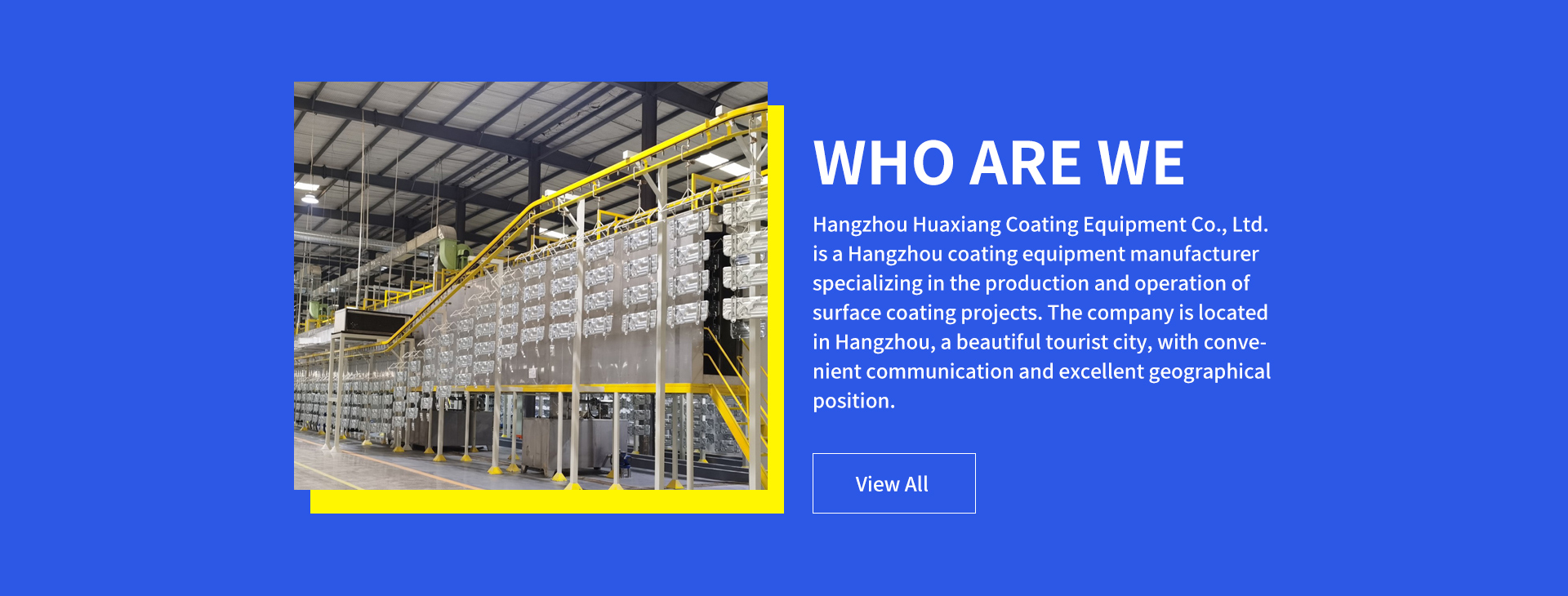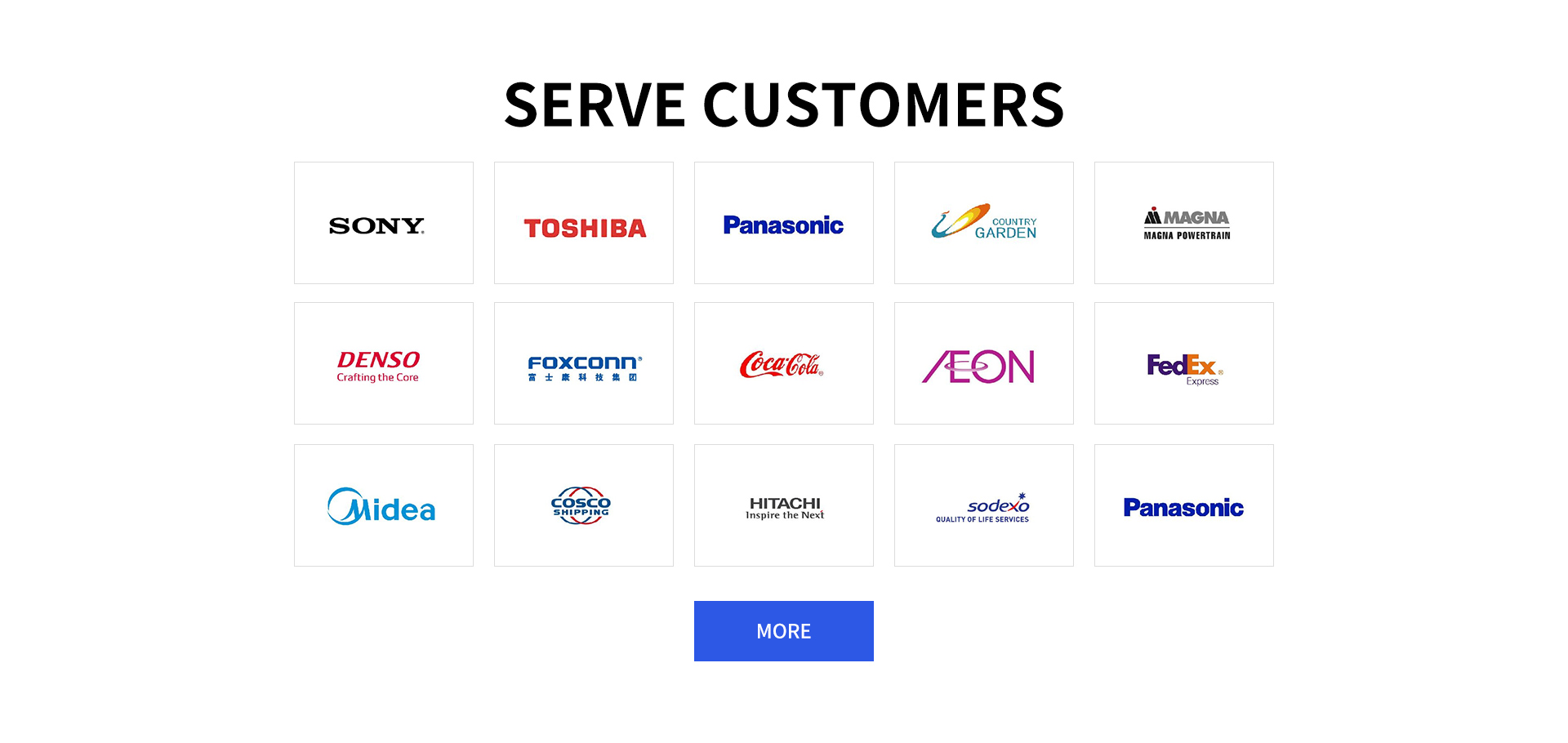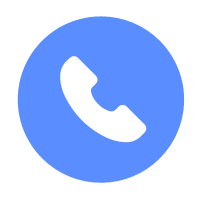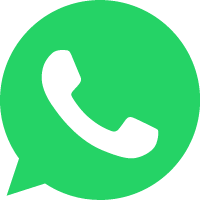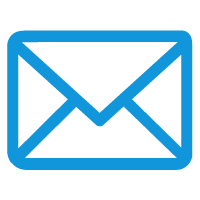Homemade Powder Coating Machine: DIY Solutions for Small - Scale Coating
The Homemade Powder Coating Machine market caters to DIY enthusiasts and small workshops. Costs range from $100 to $500, using repurposed parts. Demand grows as people seek affordable ways to coat small metal items like tools and bike parts.

Homemade Powder Coating Machine handle various small - scale projects. DIYers use them to coat metal garden tools, preventing rust and extending their life. Bike enthusiasts refinish frames and handlebars, giving old bikes a fresh look. Hobbyists coat model car parts or metal jewelry findings, adding color and protection. These machines work well for items up to 2 feet in size, making them ideal for home workshops and craft spaces.
Homemade Powder Coating Machine use simplified surface treatment tech. First, users clean the workpiece with sandpaper or vinegar to remove rust and grease. The machine’s spray component, often a modified paint gun, uses static electricity—created by rubbing plastic or using a small transformer—to charge powder. The charged powder sticks to the grounded metal. Then, the coated item goes into a curing setup, like a modified kitchen oven or a box with heat lamps, heated to 350–400°F. This melts the powder into a smooth finish, mimicking industrial processes on a smaller scale.
Homemade Powder Coating Machine are DIY systems built from repurposed parts. They combine a powder spray tool, a static charge source, and a curing device. Common components include a plastic hopper for powder, a modified air compressor, and a heated box for curing. These machines are not as powerful as industrial models but work for small items. They let users control costs while learning powder coating basics, perfect for hobbyists and tinkerers.
Spray Assembly: Made from a plastic bottle or PVC pipe as a hopper, connected to a small air pump. A metal nozzle, often from an old paint gun, dispenses powder. Some designs add a static generator—like a rubbed PVC pipe or a 9 - volt battery setup—to charge the powder, helping it stick to the workpiece.
Curing Chamber: Repurposed from a toaster oven, a metal box with heat lamps, or a small grill. It heats the coated item to melt the powder. Users add a thermometer to monitor temperature, ensuring it stays within the powder’s curing range. Insulation, like fiberglass strips, helps retain heat.
Grounding System: A copper wire connects the workpiece to a metal stake in the ground or a water pipe. This grounds the metal, creating an attraction between the charged powder and the item, improving adhesion during spraying.
Homemade Powder Coating Machine offer several benefits. They are low - cost, using recycled parts to save money. They are compact, fitting in home garages or basements. Users can customize them to fit their needs, like adjusting the curing chamber size. These machines teach valuable skills in engineering and powder coating. They also reduce the need to outsource small projects, letting DIYers complete coating tasks at home.
To build a safe Homemade Powder Coating Machine, start with non - flammable materials. Use metal for the curing chamber instead of plastic to avoid fires. Ensure the heating element—like a 1500 - watt space heater—is enclosed to prevent direct contact with powder. For the spray assembly, use a grounded metal nozzle to reduce static shocks. Test the curing temperature with a thermometer to avoid overheating. Keep the machine away from water sources and never leave the curing chamber unattended while on.
Choose durable, heat - resistant materials for a Homemade Powder Coating Machine. The curing chamber works best with sheet metal or a metal storage box, lined with ceramic insulation. The spray hopper can be a glass jar or food - grade plastic bottle, avoiding materials that react with powder. Use copper wire for grounding, as it conducts electricity well. For the air source, a small 12 - volt compressor works; avoid large industrial models that may blow too much powder.
Operate a Homemade Powder Coating Machine carefully to avoid issues. Ensure the workpiece is fully grounded—scrape off paint or rust to expose bare metal. Apply powder in thin layers; thick coats cause drips when cured. Cure items long enough—10–15 minutes at the right temperature—so the powder hardens completely. Clean the spray nozzle after each use to prevent clogs. Avoid overfilling the powder hopper, as it can block airflow and disrupt the spray.
Poor adhesion with a Homemade Powder Coating Machine often comes from bad grounding. Check the wire connection to the workpiece and ensure the ground stake is in moist soil. If powder still falls off, the static charge may be weak—rub the hopper with a wool cloth to boost static. Another issue is dirty surfaces; clean the workpiece with rubbing alcohol before spraying. If curing is uneven, move the item in the chamber to ensure all parts get equal heat.
Improve curing with a Homemade Powder Coating Machine by adding a fan to circulate air in the chamber, preventing hot spots. Use a digital thermometer to track temperature, avoiding fluctuations. Preheat the chamber before adding the workpiece to ensure consistent heat. Cure in a draft - free area—cold air from windows can lower temperatures. For better heat distribution, place the item on a metal rack instead of directly on the chamber floor, letting heat reach all sides.
Statement: Hangzhou Huaxiang Coating Equipment Co., Ltd Chinese Powder Coating Equipment facturers provide you with customized equipment for various types of Powder Coating Lines, Powder Coating Ovens, Powder Coating Booths,Powder Coating Guns, etc. For inquiries! Contact us at
Email: gezx@cncolourspray.com
WhatsApp: +86 13335812068



